The Super Bowl of Livestock Shows
January 11-26, 2025
Livestock you will find at the Stock Show
The National Western Stock Show is a 16-day livestock show held in Denver Colorado every January, hosting over 25 different breeds of cattle and many other species of livestock. With more than 12,000 head of livestock moving in and out of the gates each year, visitors can watch traditional competitions including breeding, market, and showmanship, or those primarily aimed for recreation or companionship (llamas, alpacas, poultry, and stock dogs). Viewing these events is all part of the Stock Show experience and can be done with a grounds admission ticket!
Youth involvement is one of the highlights of the livestock shows. Young exhibitors from across the nation participate in our competitive arenas for prize monies, national recognition for their achievements, and a chance at college scholarships.
Experience the Super Bowl of livestock shows, learn about raising and showing livestock, and witness first-hand the hard work and dedication of local, national, and international exhibitors and ranchers from around the globe.
Auction of Junior Livestock Champions
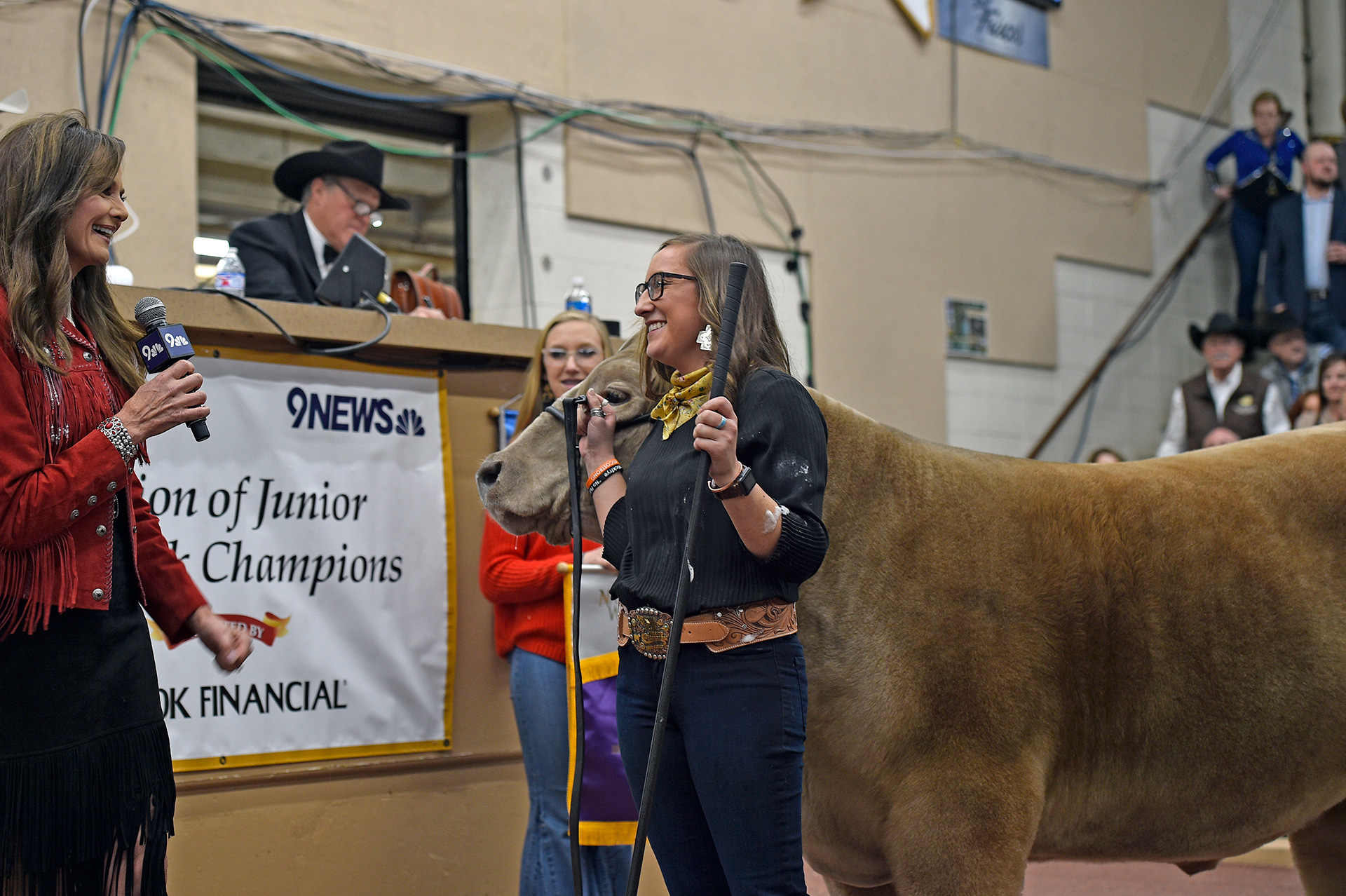
Of the thousands of junior market animals that compete at the National Western Stock Show each year, only 96 of the very best qualify for the exciting Auction of Junior Livestock Champions. The auction is the final marketplace for the ribbon-winning steers, lambs, hogs, and goats that were raised by 4-H and FFA junior market exhibitors. Denver’s 9NEWS televises the live auction of the Grand Champion and Reserve Grand Champion animals where the winning bids have reached as high as $150,000!
The Junior Livestock Auction continues to encourage today’s youth to seek a future in agriculture and to further their education. A majority of the winning bid price goes directly to the Junior Exhibitor and 10% is donated to support the National Western Scholarship Trust.
Herd Sire Display Bulls
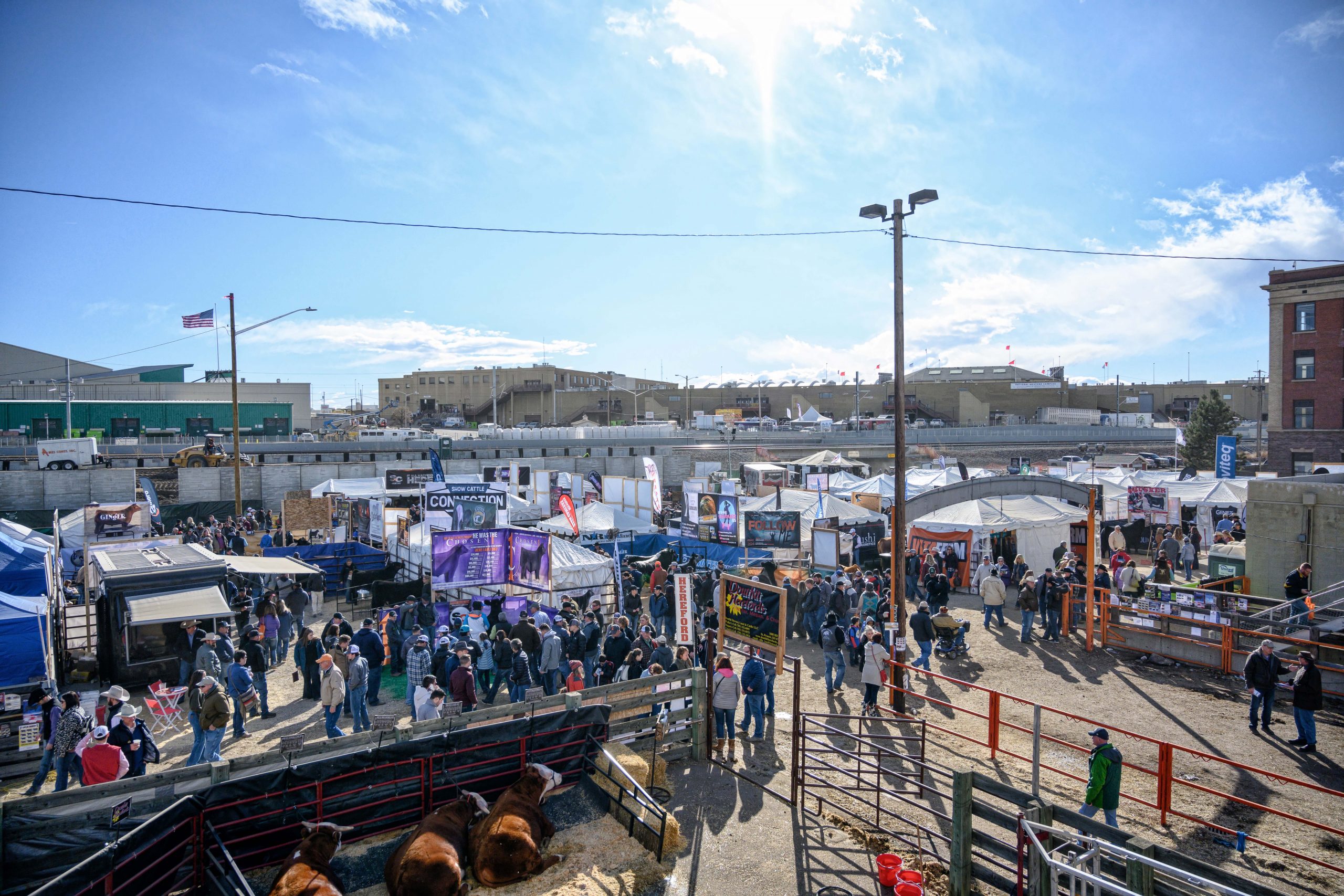
Open Breeding Cattle Shows
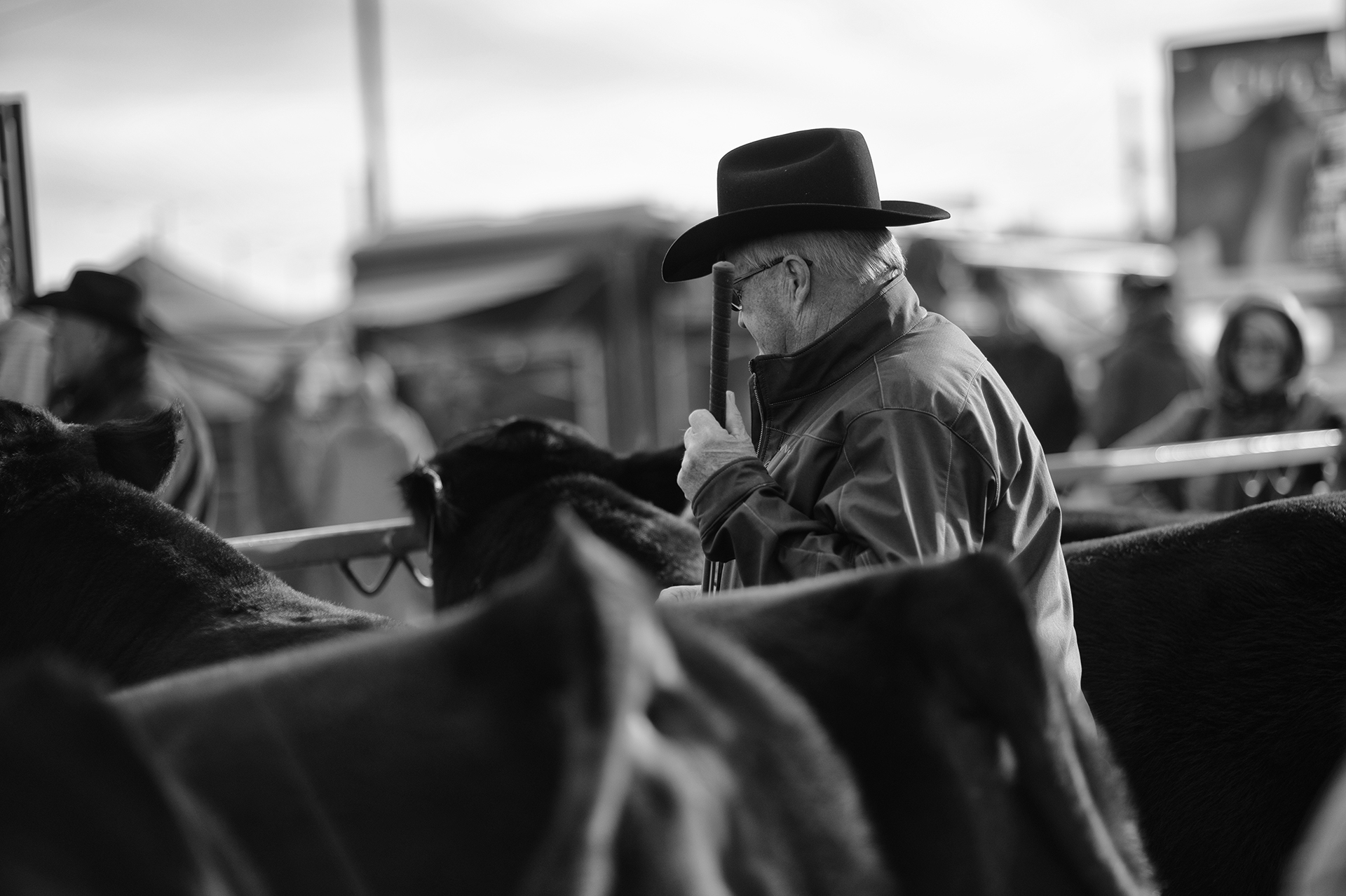
The Livestock Department processes an excess of 20,000 entries each year. Known as the “Superbowl” of livestock events, exhibitors bring animals from all over the United States and Canada to participate, and we have visitors and educators come from all over the world.
Over our 16-day show, more than 25 breeds of beef cattle along with bison, yaks, sheep, swine, goats, poultry, stock dogs, llamas, and alpacas will move in and out of our gates.
The “Yards” is the only event of its kind in North America and is a Mecca of activity for the livestock industry. Held in the brisk open air of Denver in January, the “Yards” is also home to many cattle sales where the best are auctioned off to the highest bidders. Producers display their livestock in the pens just as they have for decades at the National Western Stock Show.
Junior Livestock Shows
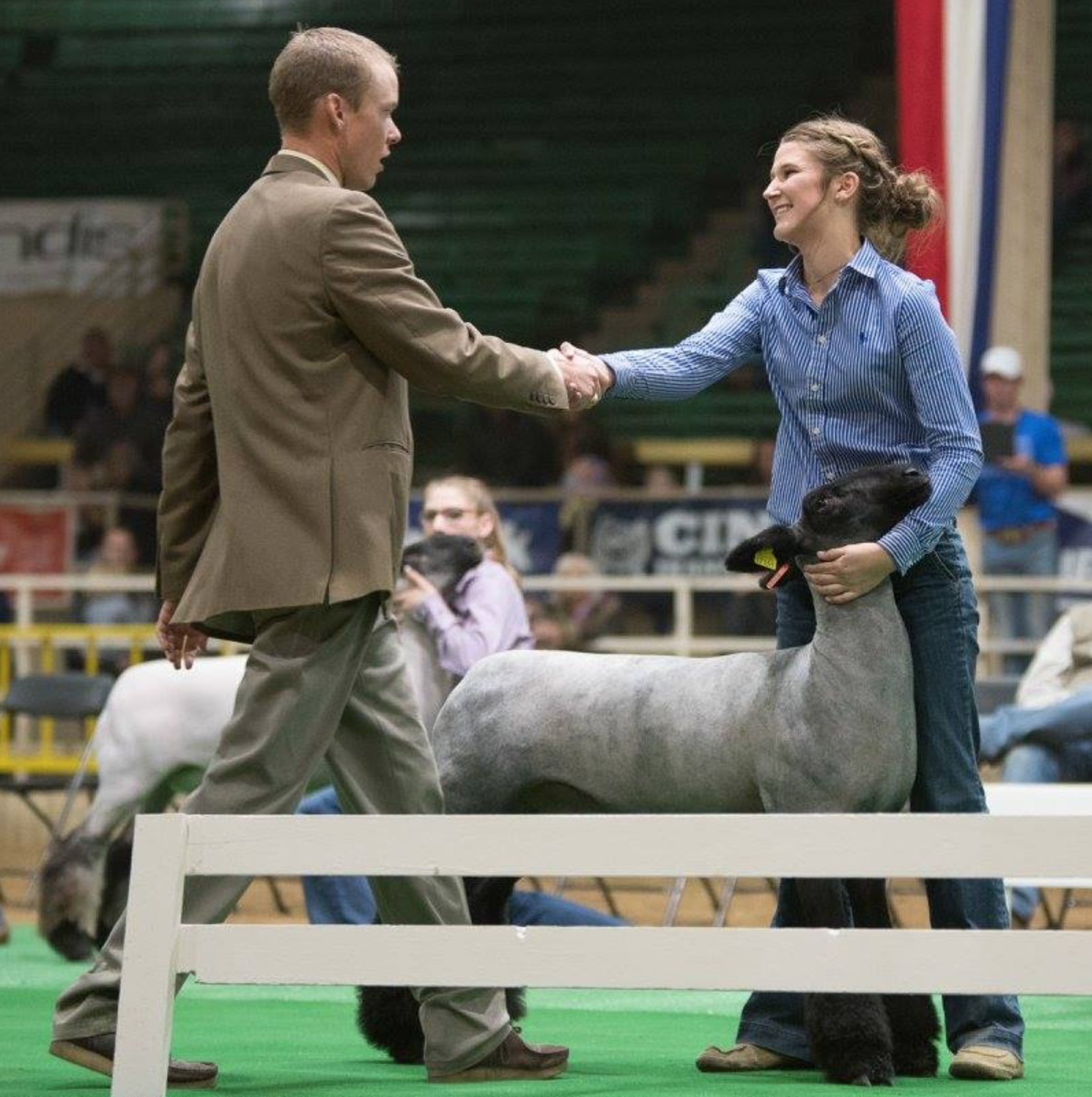
Judging Contests
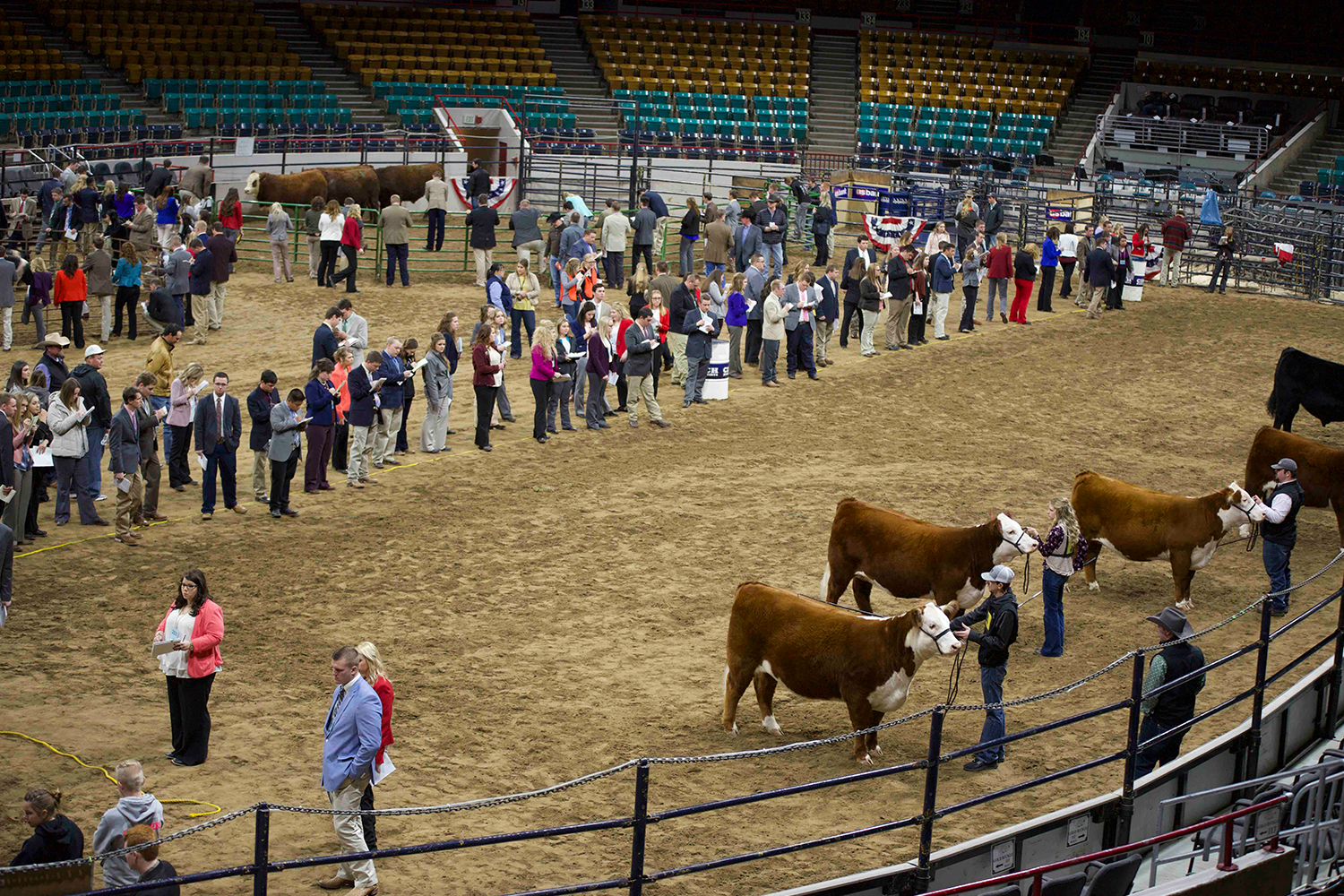
Catch-a-Calf Contest
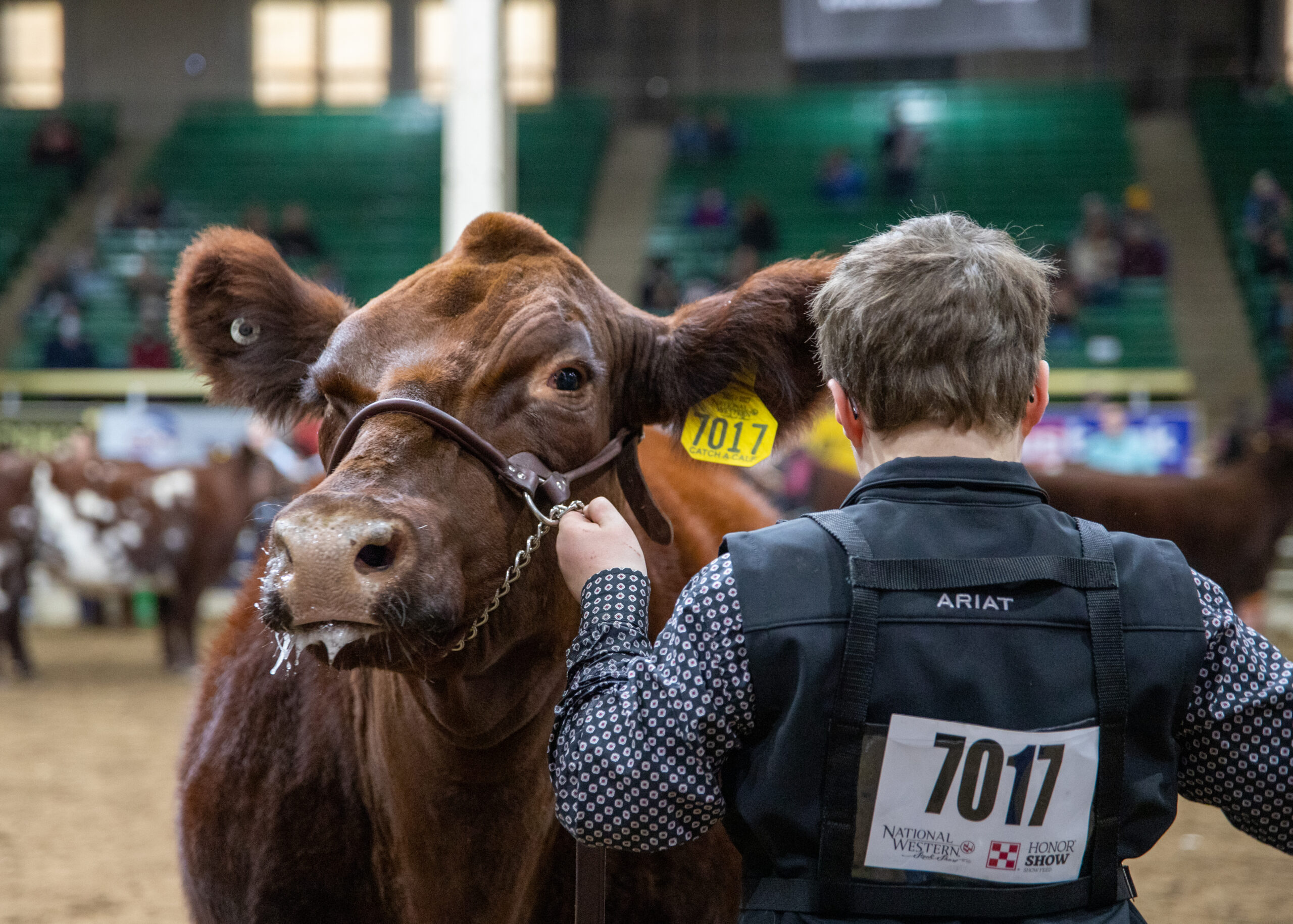
Specialty Breed Shows
Alpacas
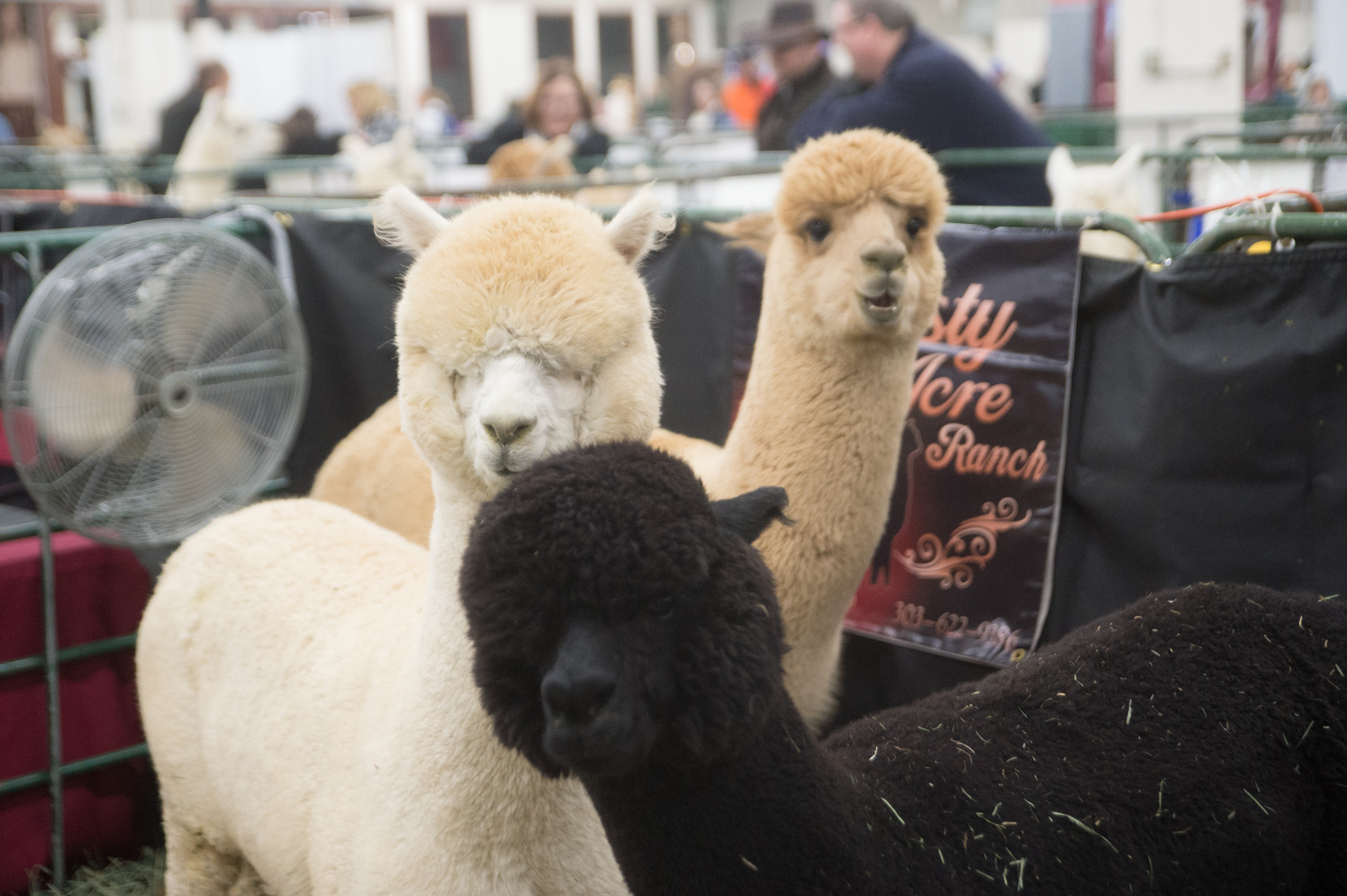
Dates: January 2024, Stadium Hall 1
Alpacas are one of America’s newest entries into the livestock industry. The initial animals were imported from 1984 until 1997 when the government closed the quarantine facility in Key West, FL. Since that time the industry has flourished and now approximates 160,000 in the US.
There are two alpaca breed types: the Suri and the Huacaya. The main difference between the two is their fleece production. The Huacaya fleece has waviness or “crimp,” which gives Huacayas their fluffy, teddy-bear-like appearance. Suri fleece has little or no crimp, so the individual fiber strands cling to themselves and hang down from the body in beautiful pencil locks.
Virtually every alpaca is registered through DNA blood tests providing the lineage and their country of origin. Alpacas offer an outstanding choice for livestock ownership. They have long been known as the aristocrat of all ranch animals. Most of all, alpacas have a charismatic manner, they do very well on small acreage, and they produce a luxury product that is in high demand.
Alpacas are shown the first weekend of the National Western Stock Show in the historic Stadium Arena and include an evaluation of performance, walking fiber, and a costume show. Guests can also interact face-to-face with these cool creatures during An Afternoon with Lamas and Alpacas on the opening day of the Stock Show!
Bison

Dates: January 2024, Yards
Bison were the center of life for the Plains Indians, providing them with food, clothing, shelter, and spiritual aspirations. Although commonly called buffalo, the American Bison is not a true buffalo. Its closest relatives are the European Bison (Wisent) and the Canadian Woods Bison, not the buffalo of Asia or Africa, such as the Cape Buffalo or Water Buffalo.
The 2022 Gold Trophy Bison Show and Sale is sanctioned by the National Bison Association and is the only bison show of this type in the world. Guests can see these incredible animals during the second week of the NWSS in the Ron & Ciele Williams Yards.
Stock Dogs
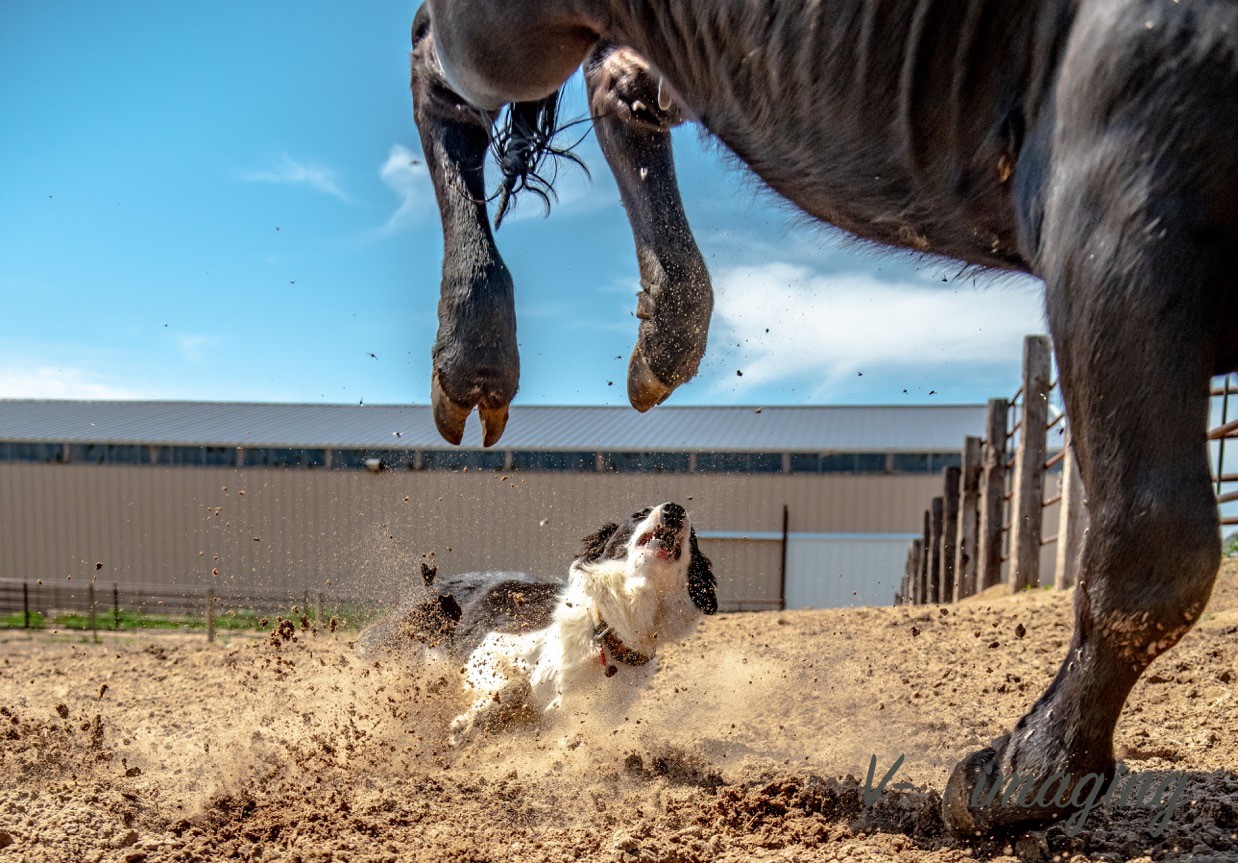
Dates: January 2024, Yards + Stadium Arena
From backyard pets to a cowman’s top assistant, dogs truly are man’s best friend. The National Western Stock Show takes pride in highlighting the relationship between these amazing animals and their human counterparts through our cattle and sheepdog competitions.
The Open, Intermediate, and Nursery cattle dog competitions along with the Open & Intermediate Sheepdog competitions are held in the Ron & Ceile Williams Yards and the Stadium Arena over the final weekend of Stock Show.
Goats
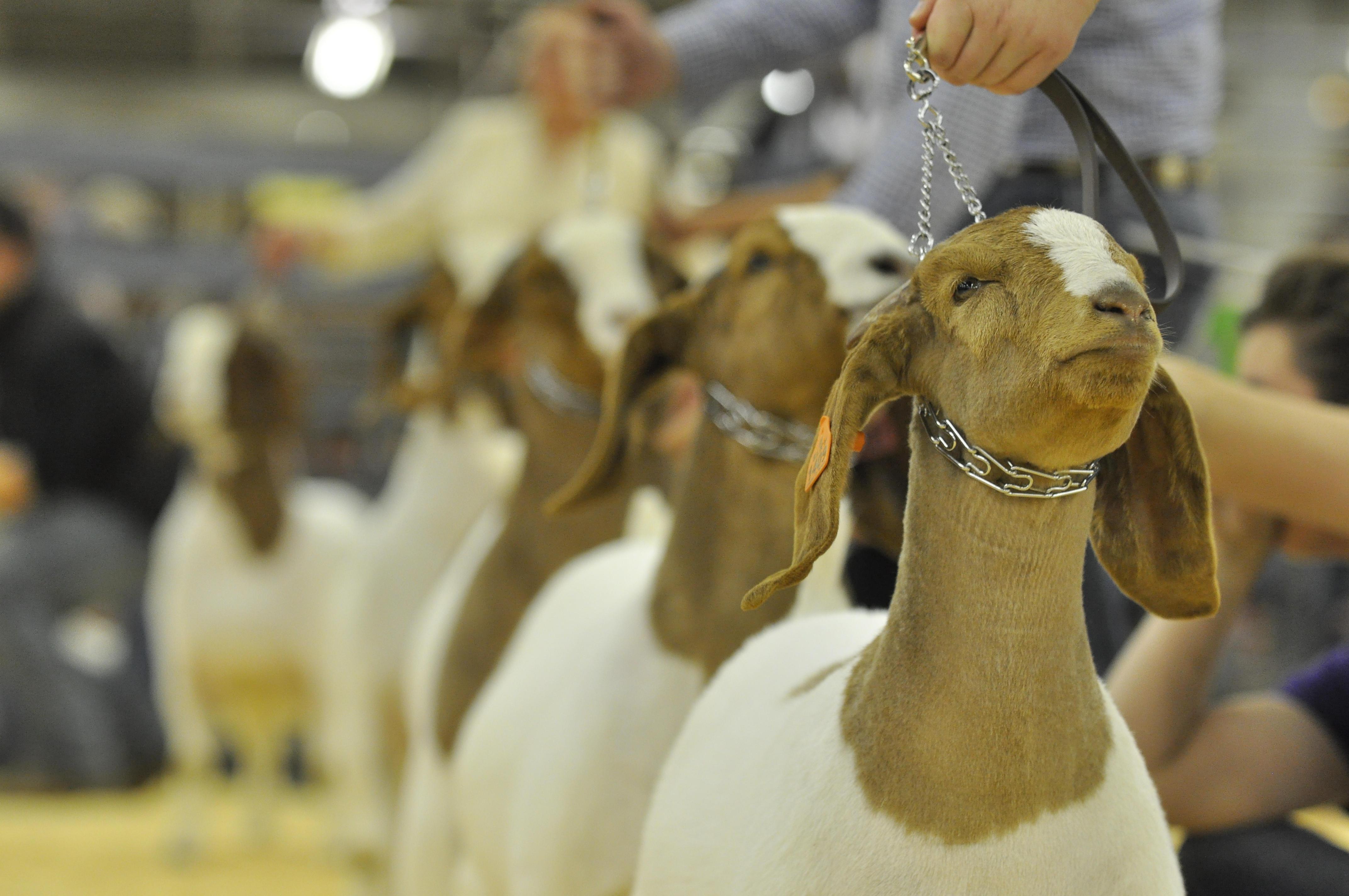
Dates: January 2024, Junior Barn
The Boer goat was developed in South Africa as a breed meant for meat production. The term “Boer” refers to the descendants of the Dutch immigrants, most of them farmers, who settled the country; thus, Boer goat simply means “farmers’ goat.” Because of the intense selective breeding over the past 50 years or more by South African goat breeders, the Boer goat is considered far superior to any other goat for meat production. It is known for rapid weight gain, heavy muscling, and high fertility.
Because the Boer was selectively improved for its meat production ability and its ability to pass on that trait to its offspring, along with other traits including pasture hardiness, the addition of a Boer buck to a commercial meat goat herd can improve the meat characteristics of the offspring without making them too soft to be pasture grazed.
Guests can watch the Open Breeding, Junior Market Goat and Junior Wether Does in Stadium Hall 1 (junior barn) during the first week of the Stock Show.
Llamas
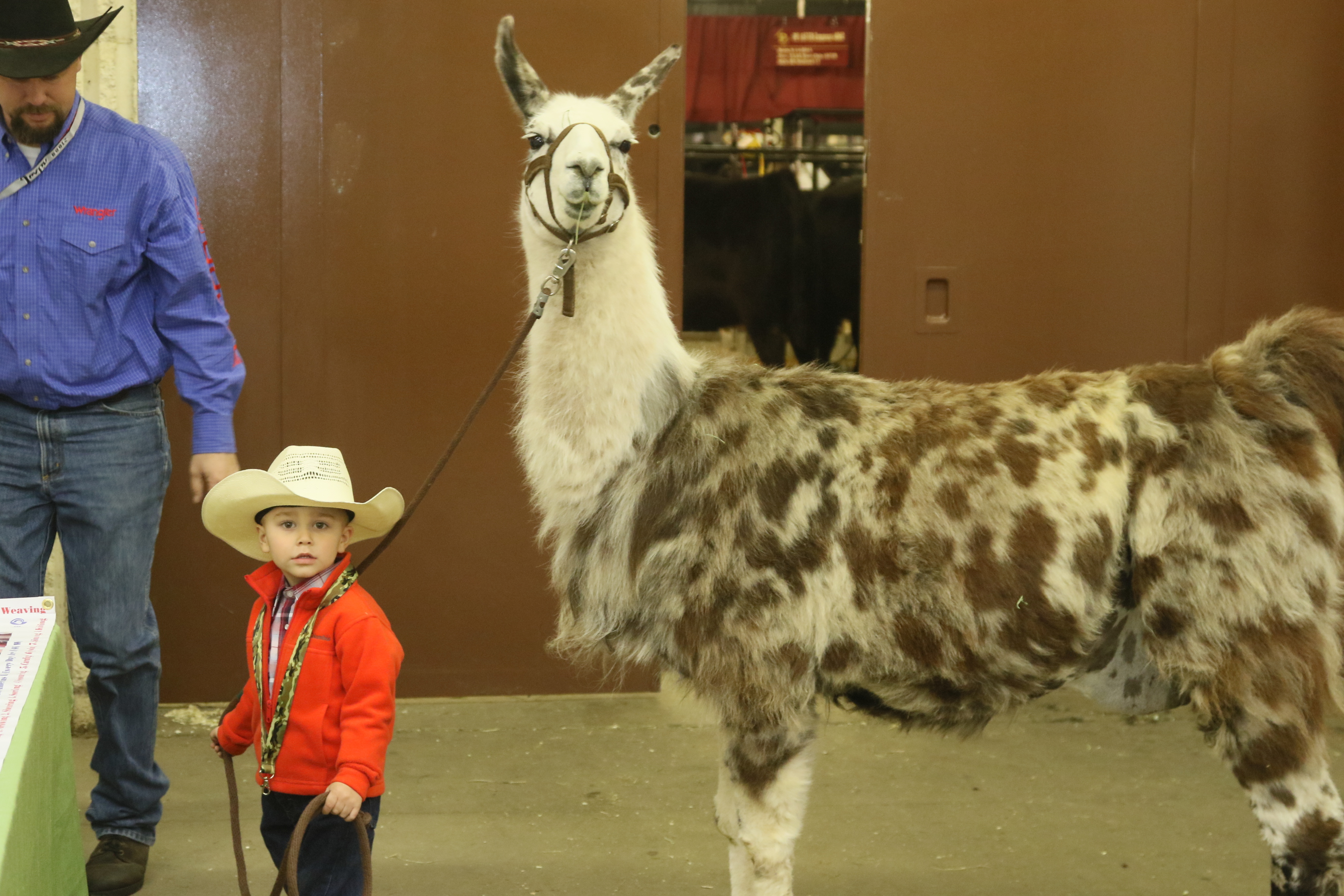
Dates: January 2024, Stadium Hall 1
Along with alpacas Guanacos and Vicunas are members of the camel family and originated on the central plains of North America about 10 million years ago. They were domesticated in the Andean highlands of Peru more than 5,000 years ago.
Contemporary North American llamas are bred and raised for packing, wool production, cart pulling, animal-facilitated therapy, companion animals, and exhibitions. Alpacas are also great guardians of other livestock, such as sheep, and increasingly used as FFA and 4-H projects.
Grease-free and lightweight, llama wool is warm and luxurious. A valuable commodity sought by fiber artists, such as weavers and spinners, the wool is a marketable product for llama owners.
The llama show at the National Western is one of the oldest and largest in North America. Be sure to attend An Afternoon with Llama and Alpaca where you can interact face-to-face with the llamas, alpacas, and exhibitors too!
Sheep
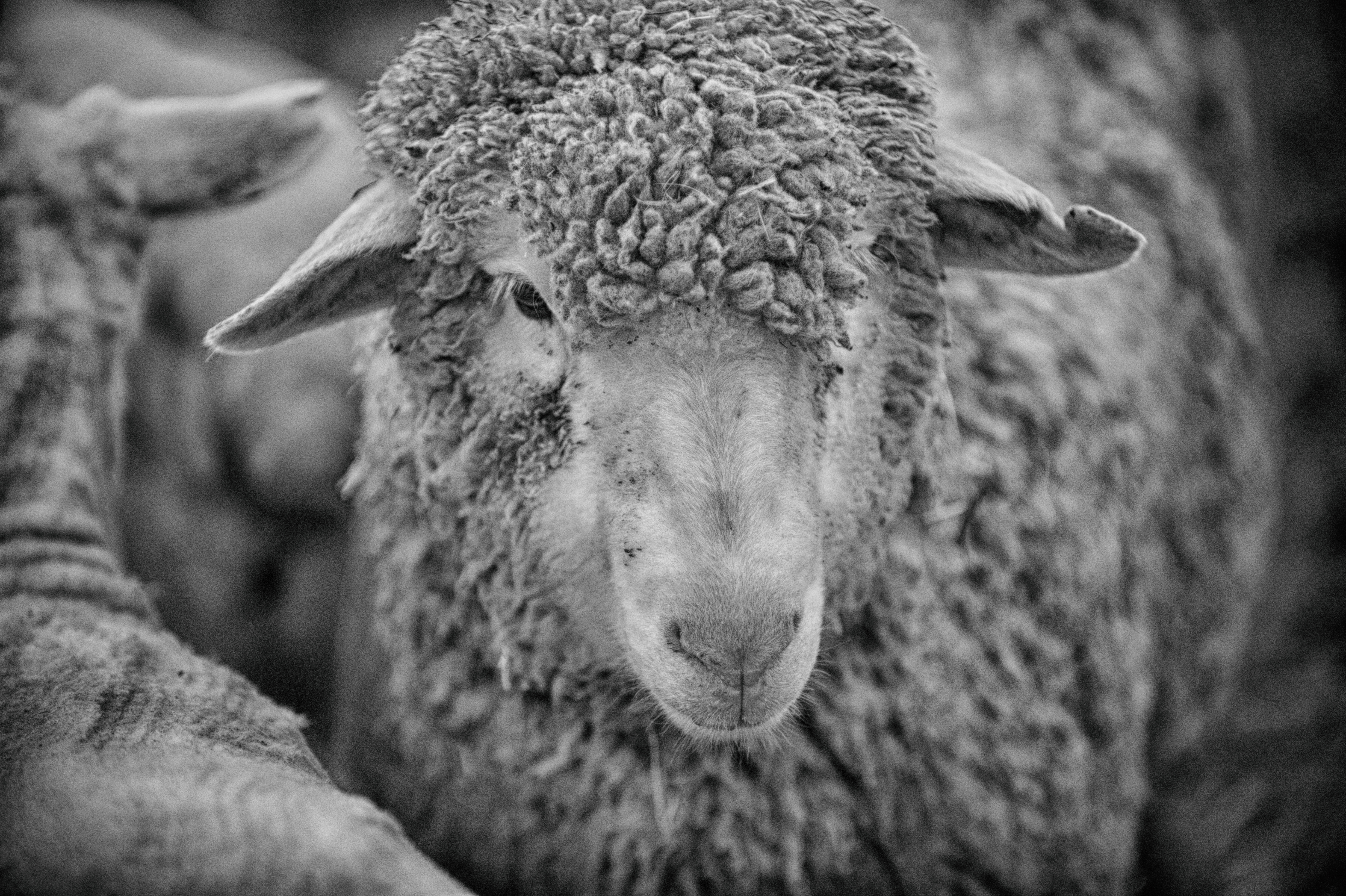
Dates: January 2024, Junior Barn
From wool shows and sheep lead contests to breeding sheep exhibitions, the National Western Stock Show offers a variety of events to showcase one of the largest segments of the western livestock industry.
Known for their ability to graze in poor conditions, sheep are popular with farmers in the arid, almost desert-like, climates of the western United States. In addition to producing two marketable products, meat and wool, they also are raised with a lower overhead budget than most cattle.
A standard at the National Western Stock Show since it first years, sheep and wool events continue to make up a major segment of the West’s premier livestock exhibition.
The National Western breeding sheep show features nine popular wool and meat breeds exhibiting their best quality stock of rams, ewes and lambs.
Swine
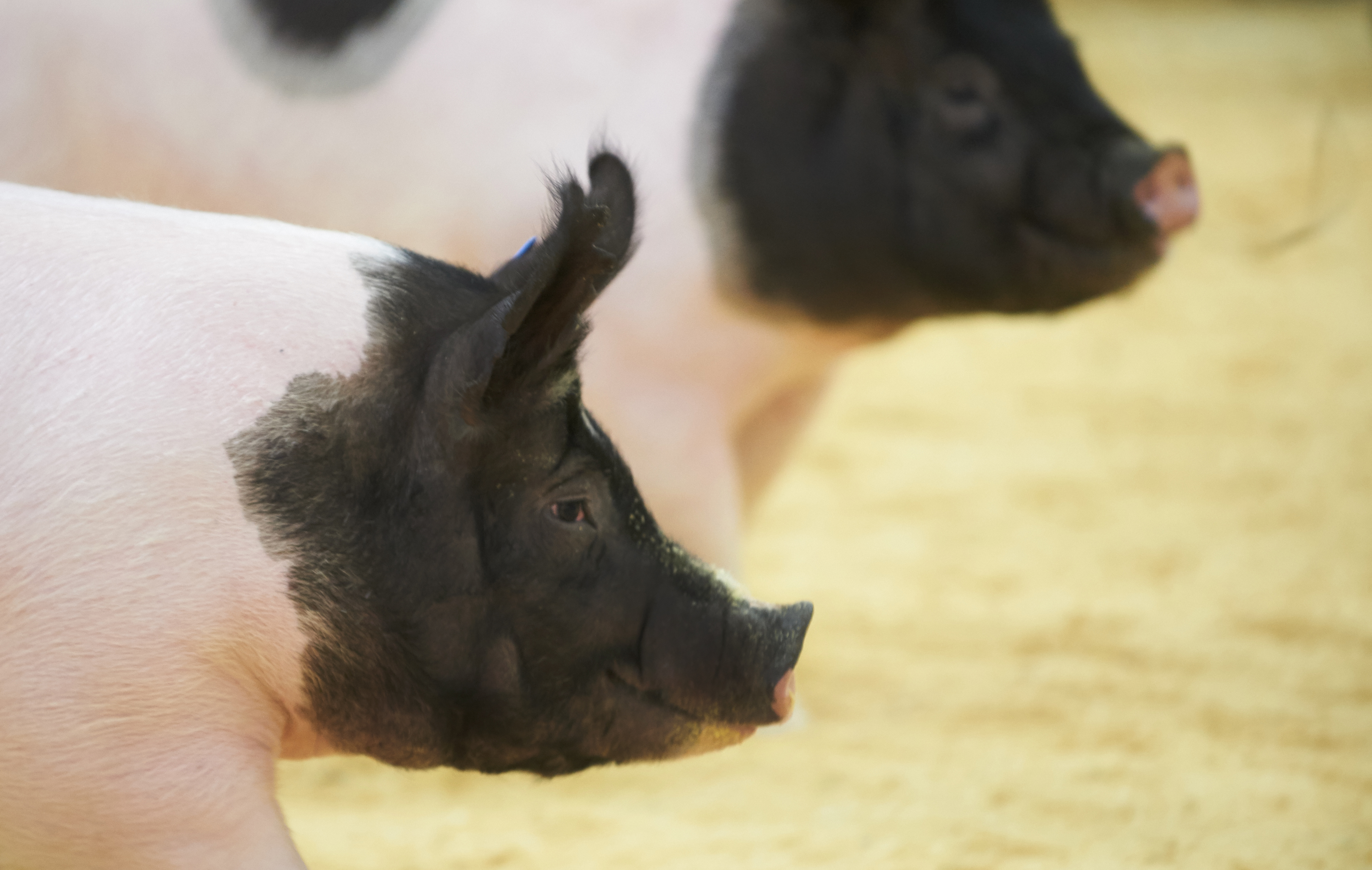
Dates: January 2024, Junior Barn + Stadium Arena
As part of the National Western junior livestock competition, more than 500 market hogs from across the nation come to Denver to be shown by youth aged 9 to 18. The swine are judged on conformation, structural correctness, and muscling.
The junior market swine show is one of the highlights of the National Western Stock Show. Young exhibitors from around the U.S. participate in our competitive arenas for prize money, national recognition for their achievement, and a chance at college scholarships.
The 2022 Junior Market Swine show begins with the showmanship competition on Tuesday, January 19 at 4:00 p.m. followed by the market show the following day on Wednesday, January 20 at 9:00 a.m. in the lower level of the Stadium Hall.
Yaks

Dates: January 2024, Yards + Stockyards Event Center
Originally from the Himalayan Mountains, and a center point of the Tibetan culture, yaks were first introduced to North America in the early 1900s. Both a beast of burden and spiritual focus in their native land, yaks have been raised here for their beauty and intelligence, and as a source of fine fiber and lean meat.
For more information on yaks, visit the International Yak Association’s Web site at www.iyak.org.







